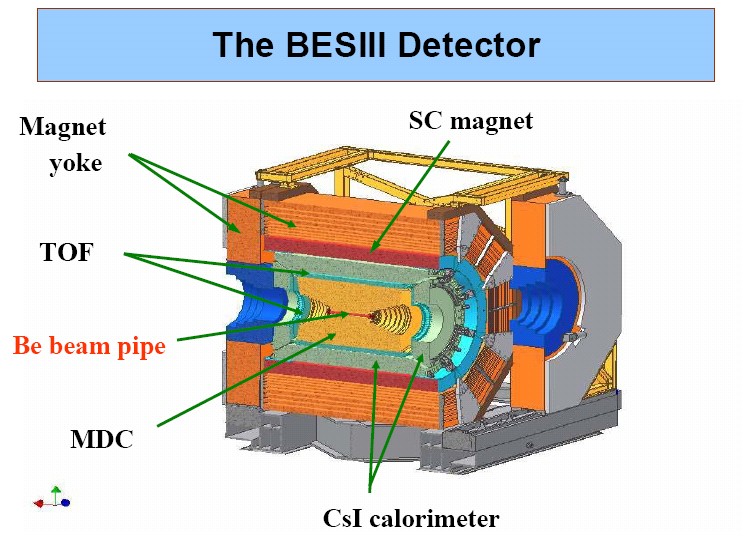Director's Corner
6 December 2007
 Barry Barish |
China prepares for a new generation of tau-charm physics
The BEPC accelerator and BES detector facility are the centerpieces of the Institute of High Energy Physics in Beijing. These ambitious state-of-the-art facilities act as the follow-on to the pioneering studies at SPEAR of tau and charm physics. During the International Linear Collider CCAST workshop at IHEP last month, we had a tour of the accelerator facility and by fortuitous timing, we joined in their celebration of achieving a major milestone for the BES detector: the successful installation of the central drift chamber. The upgraded accelerator and detector at IHEP promise to produce important tau-charm physics, as well as to train a new generation of particle and accelerator physicists. The development of particle physics over the past decade at IHEP and its participation in the global particle physics programme put China in a position to be an important player in the next generation of particle physics experiments, including Daya Bay neutrinos, the Large Hadron Collider and the ILC.
 Wang Yifang, Associate Director and Director of the Center for Experimental Physics of IHEP, dedicating the inserted drift chamber (on the left). |
 Schematic of the BES III detector |
The upgrade of IHEP's BEPC/BESII accelerator and detector to BEPCII/BESIII with a peak luminosity of 1033cm-2s-1 will enable a set of high-precision experimental studies in the tau-charm energy region. Such measurements are intrinsically important in measuring the various parameters of electroweak interactions in the Standard Model. The programme will yield precise data of perturbative and non-perturbative QCD with J/Ψ and other charmonium decays. There is also the possibility that such precision measurements could indicate new physics beyond the Standard Model. The experimental programme at IHEP will complement and add to studies performed at other precision facilities, like the B factories at SLAC and KEK. They will also complement the probes at the energy frontier using LHC and ILC.
BEPCII is a high-luminosity, multi-bunch collider using a double-ring scheme and designed for a peak luminosity of 1033cm-2s-1 at 1.89 GeV. This new facility is the result of a major upgrade of the original BEPC-accelerators consisting of a 202 metre-long electron-positron linac injector and storage ring with circumference of 240.4 metres. The double-ring, multi-bunch configuration enables substantially improved luminosity because of the larger number of colliding bunches. IHEP made good progress this year in commissioning the machine, including electrons and positrons injectors, stored beams, and multi-bunch collisions. The measurements of the storage ring parameters are in agreement with the design goals.
The general-purpose detector BESIII has also been upgraded with modern detector technology in order to accommodate the multi-bunch operation. The installation and commissioning are well underway and making very good progress, including the cooling down of the superconducting magnet in February 2007 to stable running. The assembled detector should be moved into the interaction region early next year and then tested soon after with initial running.
It is exciting to see new facilities come into operation. I am sure I speak for the international HEP community in welcoming this important new particle physics facility in China.
-- Barry Barish